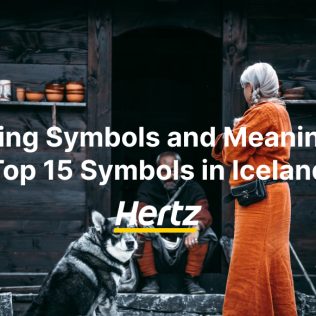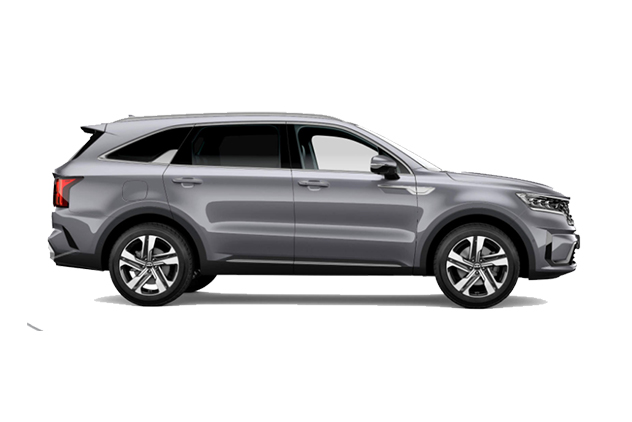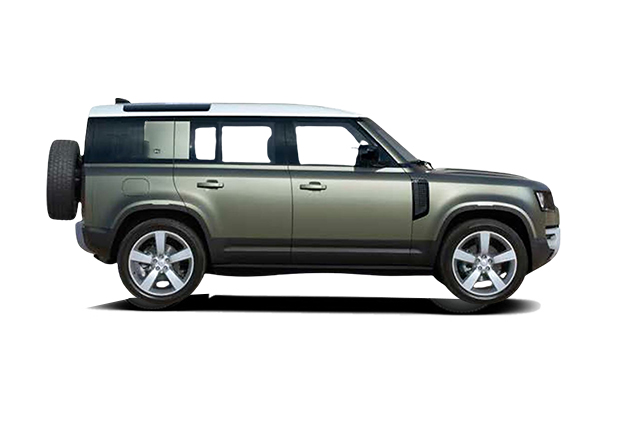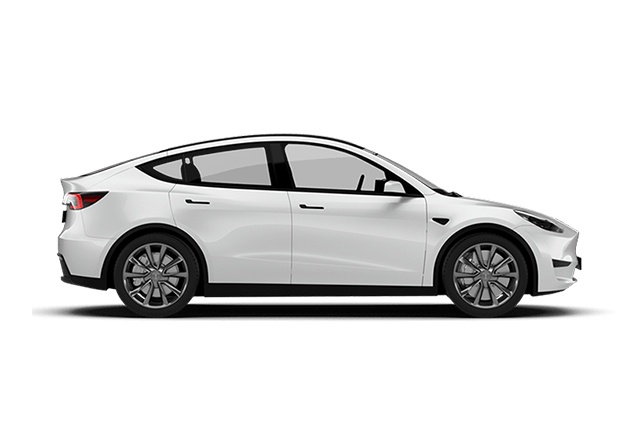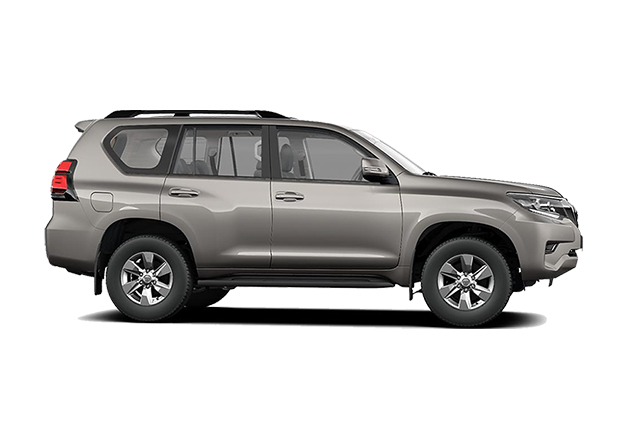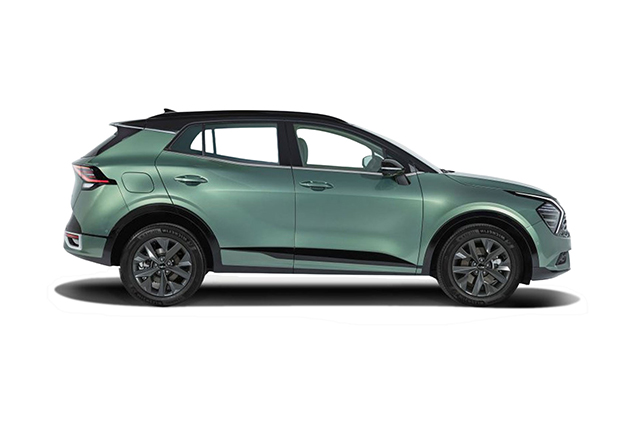Icelandic culture is deeply rooted in Viking and Norse traditions, mythology, and symbolism. Around the country, there are various sites where you can still see the impact of the Viking heritage today. Viking symbols give us a glimpse into the culture and beliefs of the Viking Age.
From the Tree of Life to Thor’s hammer, these symbols symbolize protection, power, and fate. A self-drive trip around Iceland allows visitors to explore the Viking sites and connect with the mysteries of the Viking symbols and meanings behind them.
The Fascinating World of Viking Norse Symbols
Viking symbols, found throughout Norse mythology and norse culture, were essential to the Viking warriors and people during the Viking Age. Each of Iceland’s magic symbols had deep meanings, representing concepts like power, protection, and fate, which were highly important to the Vikings. These symbols were used for both practical purposes, like navigation, and spiritual purposes, like asking for protection from the gods.
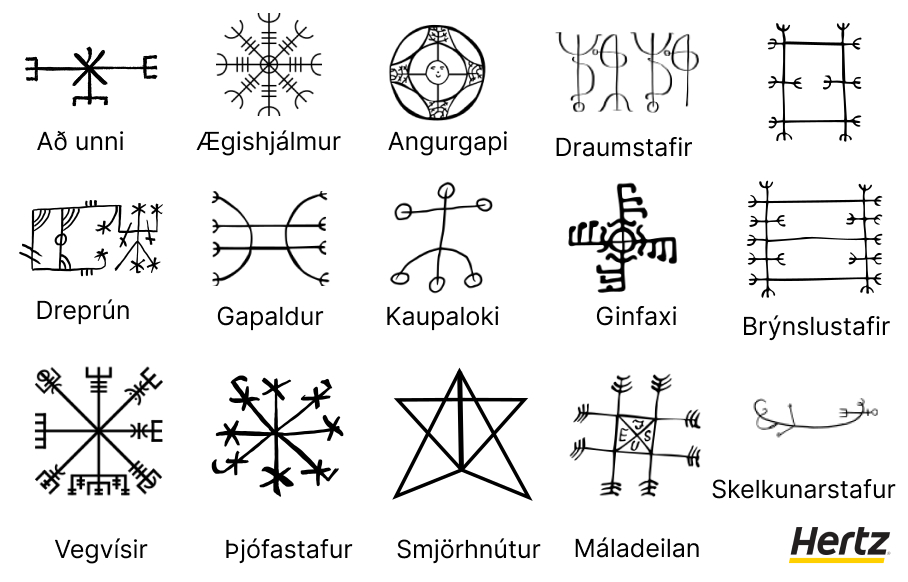
Iceland, with its rugged landscapes and rich Viking heritage, is the perfect place to immerse yourself in these ancient symbols. The country was settled by Norse explorers as far back as 863 A.D., when legendary figures like Ingólfr Arnarson embarked on perilous journeys across the North Atlantic, guided only by the stars, the wind, and their unwavering belief in destiny. These early settlers, facing the raw and untamed elements of Iceland, brought with them the traditions, beliefs, and symbols of the Viking world.
Exploring Iceland’s ancient sites and Viking artifacts is like stepping into a time machine that whisks you back to an era of daring sea voyages, epic sagas, and a deep reverence for the forces of nature. From the towering cliffs of Þingvellir, where chieftains gathered to make laws and discuss the fate of their people, to the mysterious runestones scattered across the landscape, each symbol tells a story of the fearless Norsemen who believed that their lives were guided by the gods and the threads of fate.
The Vikings were not just warriors and seafarers; they were storytellers, explorers, and dreamers. They sailed their longships far beyond the edges of the known world, reaching as far as North America, centuries before other Europeans.
As you delve into Iceland’s Viking past, you’ll uncover tales of gods and giants, of Odin’s wisdom, Thor’s might, and the endless battles of Valhalla. Each symbol, whether it’s the protective Mjölnir or the enigmatic Web of Wyrd, is a piece of a larger narrative that captures the spirit of a people who thrived on adventure, embraced their destiny, and left an indelible mark on the world.
So, whether you’re wandering through a Viking museum, hiking to ancient ruins, or simply soaking in the stories passed down through generations, Iceland offers a unique opportunity to connect with the Viking symbols that defined an age of exploration, courage, and timeless mythology.
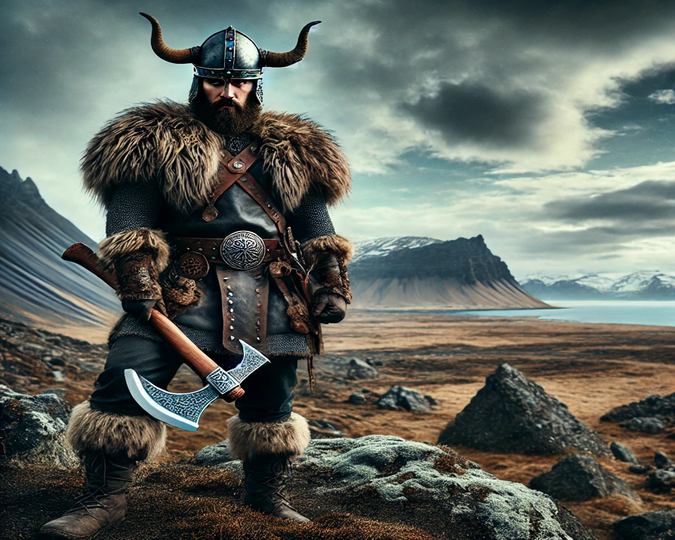
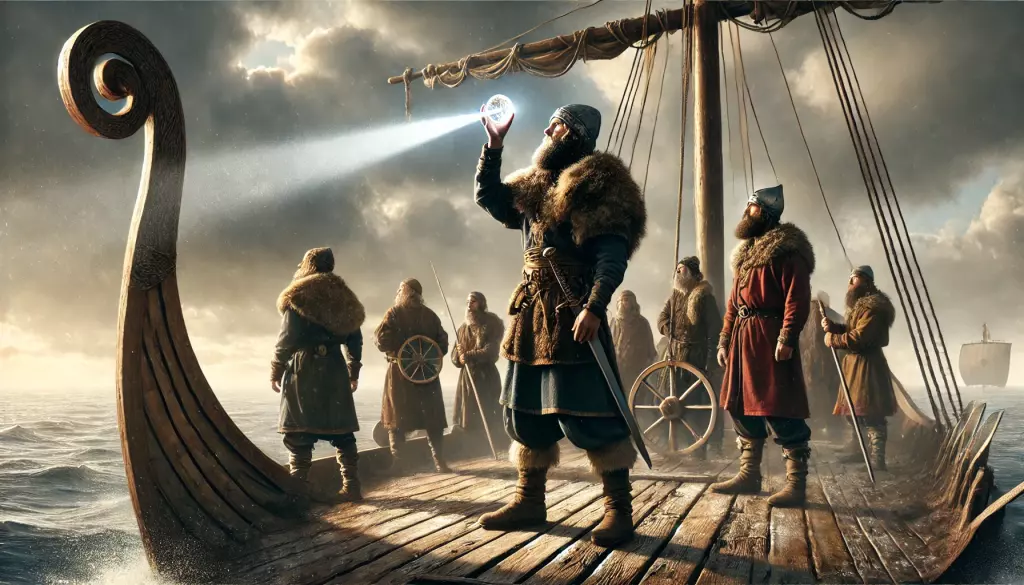
Top 15 Symbols to Discover in Iceland
Here are the top 15 Viking symbols you can discover in Iceland, each carrying a rich history and deep meaning that ties back to the days of Norse mythology and Viking culture.
1. Yggdrasil – The Tree of Life
Yggdrasil, also known as the Tree of Life, is one of the most recognized symbols in Norse mythology. This immense, mythical ash tree connects all nine realms of existence, representing the bridge between heaven, earth, and the underworld.
According to Norse belief, Yggdrasil supports the entire universe, with its roots extending to three wells: the Well of Fate, where gods meet to make decisions; the Well of Wisdom, guarded by the giant Mimir; and the Well of Hvergelmir, the source of all rivers.
Its branches stretch across the sky, making it a symbol of interconnectedness, growth, and the cyclical nature of life. Modern Icelanders view Yggdrasil as a representation of resilience and endurance, much like the Icelandic landscape itself.
2. Mjölnir – Thor’s Hammer
Mjölnir, the hammer of Thor, the god of thunder, is not just a weapon but a powerful symbol of protection, strength, and consecration. Thor uses this hammer to defend both gods and humans from giants and chaos, and it has the unique ability to return to Thor’s hand no matter how far it’s thrown.
Viking warriors often wore Mjölnir amulets into battle, believing it would grant them Thor’s protection and strength. Today, Mjölnir is celebrated as a symbol of resilience and courage in Iceland, reflecting the enduring spirit of its people.
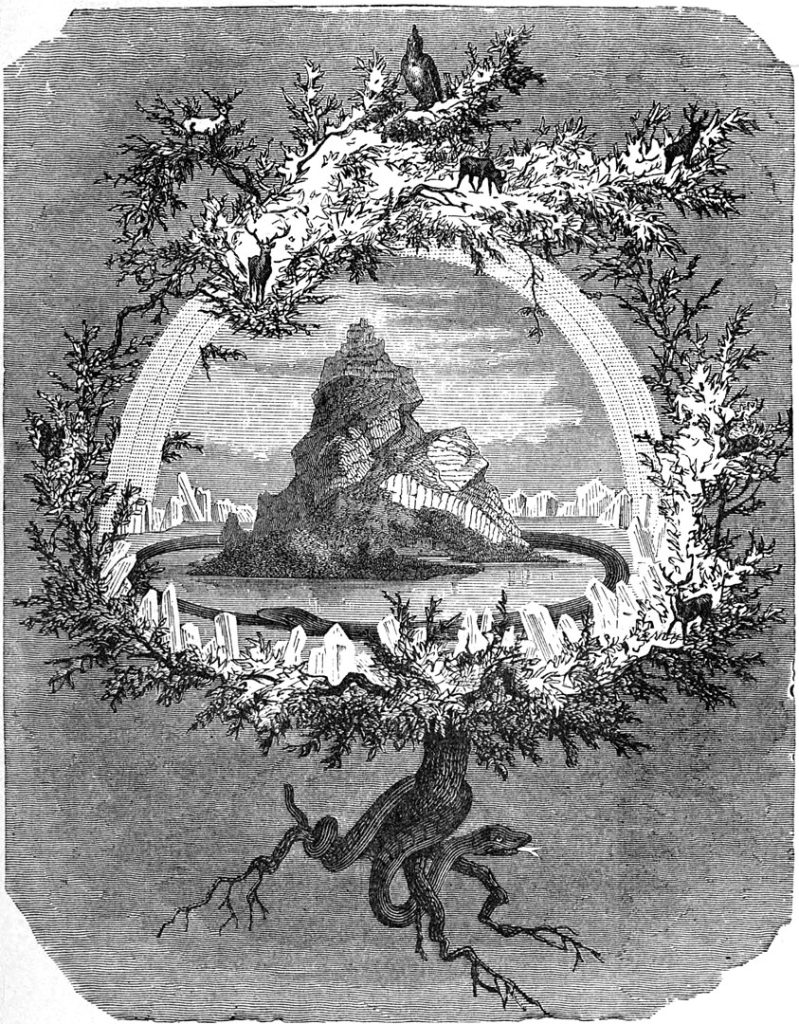
3. Valknut – The Celtic Knot of the Slain
The Valknut, consisting of three interlocking triangles, is closely associated with Odin, the god of war and the afterlife.
It represents the souls of the Viking slain warriors who are believed to reside in Valhalla, Odin’s hall of the fallen.
The symbol is often found on Viking artifacts and stone carvings, illustrating the warriors’ pursuit of glory in battle and their desire for an honorable death.
In modern times, the Valknut serves as a reminder of the Viking ethos of bravery, sacrifice, and the belief that valor in life leads to honor in the afterlife.

4. Aegishjalmur – The Helm of Awe
Aegishjalmur, or the Helm of Awe, is a powerful symbol meant to provide protection and instill fearlessness in its bearer. Viking warriors often wore this symbol between their eyes or carved it onto their weapons, believing it would invoke terror and shield them from harm.
Beyond its martial uses, the Helm of Awe is also believed to represent invincibility and the mental strength to overcome challenges. In Iceland today, it is a symbol of personal power and resilience, often seen in art and jewelry as a mark of inner fortitude.
5. Vegvisir – The Viking Compass
Vegvisir, often referred to as the Viking compass, was used by Norse explorers as a navigation aid to guide them through treacherous waters and uncharted territories. The symbol is designed to help its bearer find their way, ensuring they do not get lost even in the worst conditions.
Spiritually, Vegvisir is believed to guide individuals towards wise and ethical decisions, serving as a compass not just in navigation but in life’s journey. For modern adventurers, Vegvisir symbolizes safe travels and the courage to explore the unknown, perfectly aligned with the spirit of exploration that defines Iceland.
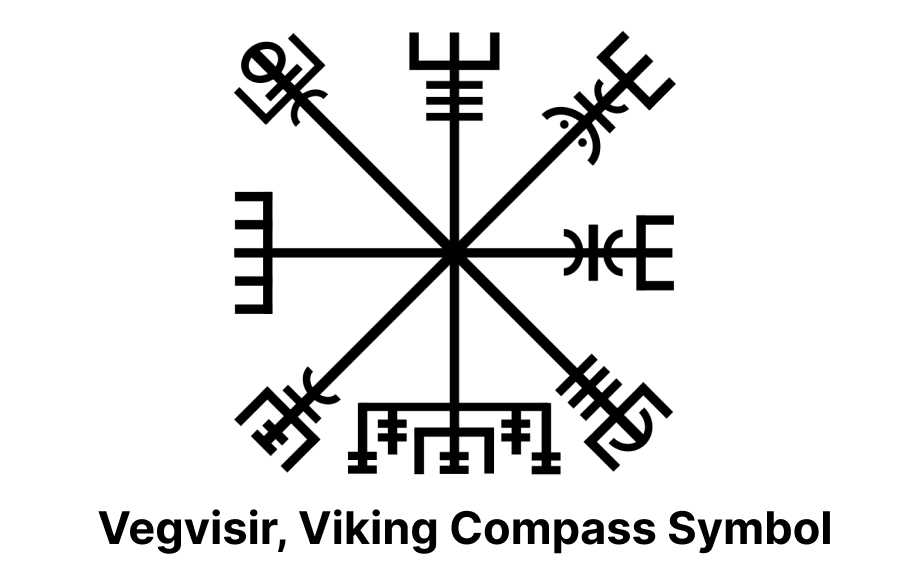
6. Gungnir – Odin’s Spear
Odin’s spear Gungnir is a legendary weapon in Norse mythology, crafted by the skilled dwarves and renowned for its precision and power. This magical spear, wielded by Odin, the chief of the gods, never missed its mark, symbolizing unerring accuracy, control, and the authority of its bearer.
Beyond its physical attributes, Gungnir also represents the concept of fate and destiny, reflecting Odin’s ability to influence the outcomes of battles and events. In Icelandic culture, Odin’s spear Gungnir is revered as a symbol of strategic wisdom, determination, and the pursuit of one’s goals with unwavering focus.
7. Web of Wyrd – The Matrix of Fate
The Web of Wyrd, or the matrix of fate, illustrates the intricate web of destiny that connects all aspects of life. It emphasizes the Norse belief that past, present, and future events are interwoven, and that all actions have consequences.
This symbol serves as a reminder of the importance of accepting one’s fate while also acknowledging the interconnected nature of existence. In modern interpretations, the Web of Wyrd is a reflection of life’s complexity and the belief that everything happens for a reason, much like the unpredictable yet beautiful landscape of Iceland.
8. Troll Cross
The Troll Cross is a protective amulet believed to ward off trolls, dark magic, and malevolent spirits.
Worn as a charm during the Viking Age, it was used to protect homes, livestock, and people from supernatural threats.
The symbol’s curved shape resembles a loop or twisted metal, invoking the strength of iron against evil.
Today, the Troll Cross is still seen in Iceland as a symbol of good luck and protection, echoing the island’s rich tradition of folklore and belief in the unseen.
9. The Midgard Serpent – Jörmungandr
Jörmungandr, also known as the Midgard Serpent, is a colossal sea serpent that encircles the world, biting its own tail. It is one of the monstrous children of Loki and the giantess Angrboda. In Norse mythology, Jörmungandr represents the cyclical nature of existence, the balance between order and chaos, and the inevitability of change, as it is prophesied to bring about the end of the world during Ragnarok.
The serpent’s presence in Icelandic mythology symbolizes the vast, untamed nature of the sea and the interconnectedness of all things.

10. The Raven Banner
The Raven Banner was flown by Viking warriors as a sign of Odin’s favor and protection. Ravens, sacred to Odin, were thought to represent wisdom, battle, and the afterlife.
The banner, often depicted with a raven in flight, was believed to bring victory to those who bore it into battle.
For the Vikings, it was a potent emblem of divine support. In Iceland, the Raven Banner’s legacy persists as a symbol of leadership, wisdom, and the enduring connection between the natural world and the divine.
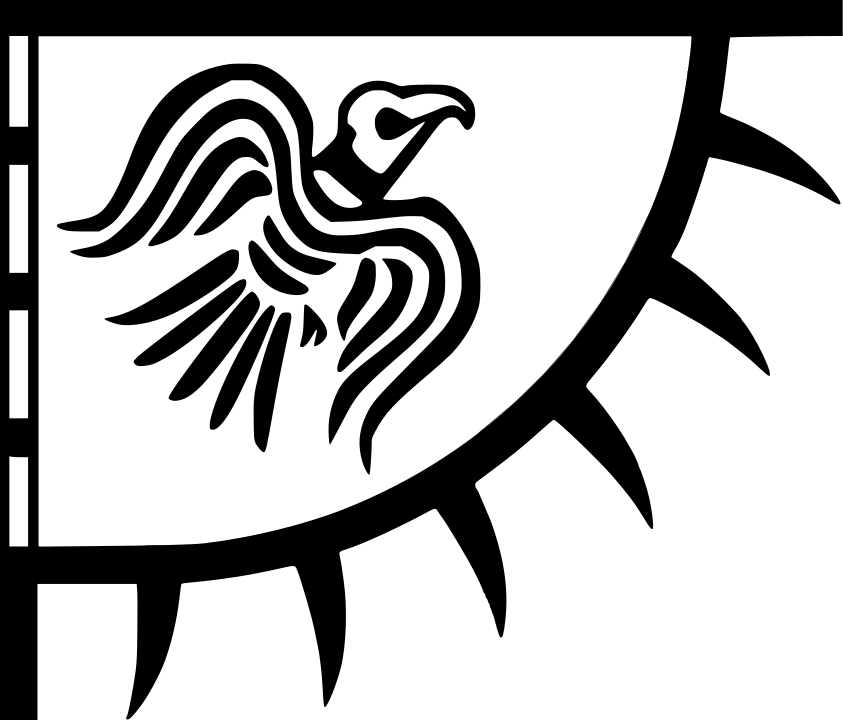
11. The Wolf – Fenrir
Fenrir is a formidable wolf in Norse mythology, known for its immense strength and destructive power. He is also one of the three kid of god loki.
Fenrir is feared by gods and humans alike, Fenrir is prophesied to play a important role in the downfall of the gods during Ragnarok, where he is destined to kill Odin.
Fenrir embodies the themes of chaos, inevitability, and the primal forces of nature. His presence in Icelandic culture serves as a reminder of the fierce, untamed aspects of nature and the unstoppable passage of time.
12. The Norse Dragon
Norse dragons, often depicted on the prows of Viking longships, symbolize power, protection, and the fearsome nature of Viking warriors.
These mythical creatures are also associated with greed and the hoarding of treasure, as seen in the tale of Fafnir, a dwarf who transformed into a dragon to guard his hoard of gold.
In Iceland, the dragon motif is still celebrated in art and architecture, reflecting the enduring fascination with these formidable creatures and their role as guardians of wealth and power.
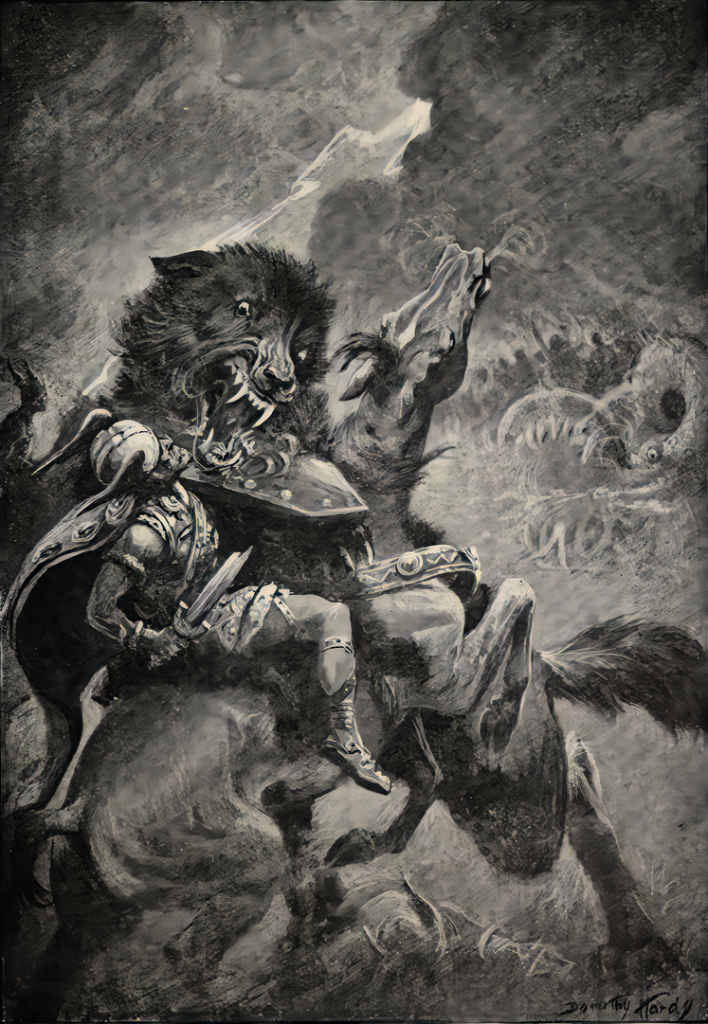
13. The Axe of Perun
While the Axe of Perun originates from Slavic mythology, it became intertwined with Viking culture, representing the warrior spirit and the importance of battle. Perun, the Slavic god of thunder, shares similarities with Thor, and the axe became a symbol of courage, strength and protection among Viking warriors. In Iceland, the viking axe symbolizes the enduring legacy of the Viking warrior ethos and the tools that enabled them to carve out a place in history.
14. The Ship – Drakkar
Viking ships, particularly the Drakkar, are iconic symbols of Viking exploration, conquest, and maritime prowess. These longships, adorned with dragon heads and intricate carvings, were designed for speed and agility, enabling the Vikings to navigate rough seas and raid distant lands.
The Drakkar is more than just a vessel; it embodies the spirit of adventure, discovery, and the connection between people and the sea. Exploring Iceland’s coastal Viking sites offers a glimpse into the seafaring life that shaped the nation’s history.
15. Asgard – The Realm of the Gods
Asgard, the celestial home of the gods in Norse mythology, symbolizes the divine realm where deities like Odin, Thor, and Freyja reside. It is portrayed as a place of splendor and power, with the magnificent hall of Valhalla as its centerpiece, where the bravest warriors are welcomed after death. Asgard represents the ideals of honor, valor, and the eternal struggle between good and evil. In Iceland, references to Asgard and its gods permeate the culture, reflecting the enduring legacy of these ancient myths in the modern world.
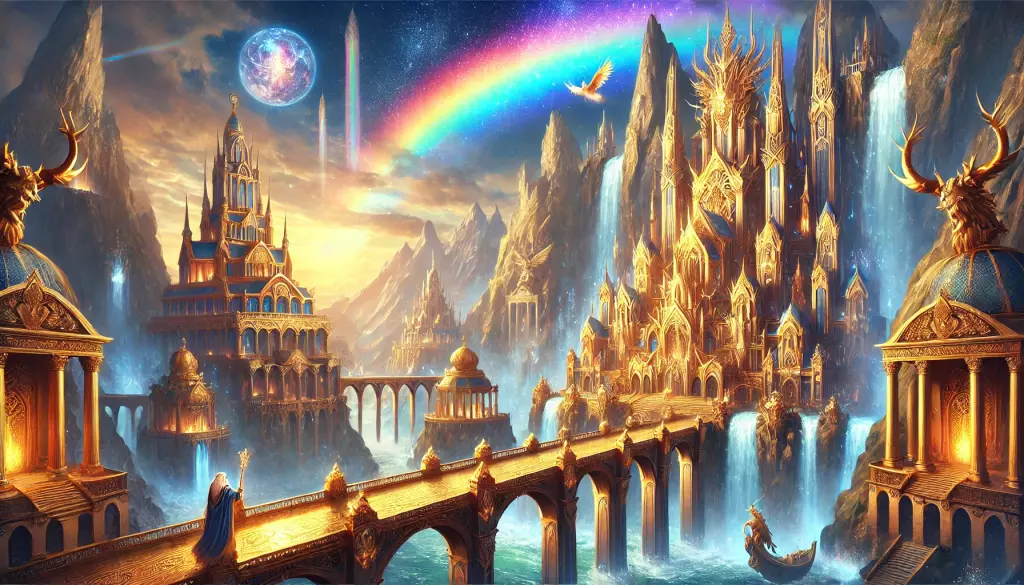
Exploring Viking Sites in Iceland
Iceland is seeped in Viking history, with many sites around the country that tell stories of the early settlers and their lives. For those who are visiting Iceland with hopes of learning more about the Vikings, a self-drive tour is the best way to experience the Iceland landscapes that are full of Viking heritage. Renting a car with Hertz Iceland offers the flexibility to explore these sites at your own pace. Here are some of the best Viking sites in Iceland.
Thingvellir National Park
The best way to start your Viking adventure is by heading to Thingvellir National Park, one of Iceland’s most significant historical sites. Thingvellir is a 45-minute drive from Reykjavik and part of the popular Iceland Golden Circle route. Thingvellir is the site of Althing, which is the world’s oldest parliament, established in 930 AD. Viking chieftains gathered here for centuries to make important legal decisions, settle disputes, and establish diplomatic agreements.
Visitors to Thingvellir can walk along the Law Rock (Lögberg), where these important assemblies took place. When you’re there, you can almost imagine the Viking leaders standing on the rock, speaking to the crowds of settlers who traveled from all around the island. The political and legal structures established in this area became the foundation for Iceland’s political leadership. As a result, the park is now a UNESCO World Heritage Site.
Beyond just being an important Viking site, Thingvellir also has incredible natural beauty. It is situated right on two tectonic plates, and visitors can snorkel between them. The park has some incredible geological features, including Almannagjá Gorge, where you can hike and go camping in Iceland at one of the park’s five campgrounds. After exploring Thingvellir, we recommend continuing on the Golden Circle route to visit nearby attractions such as Gullfoss waterfall and the Geysir geothermal area, which are also must-see stops.
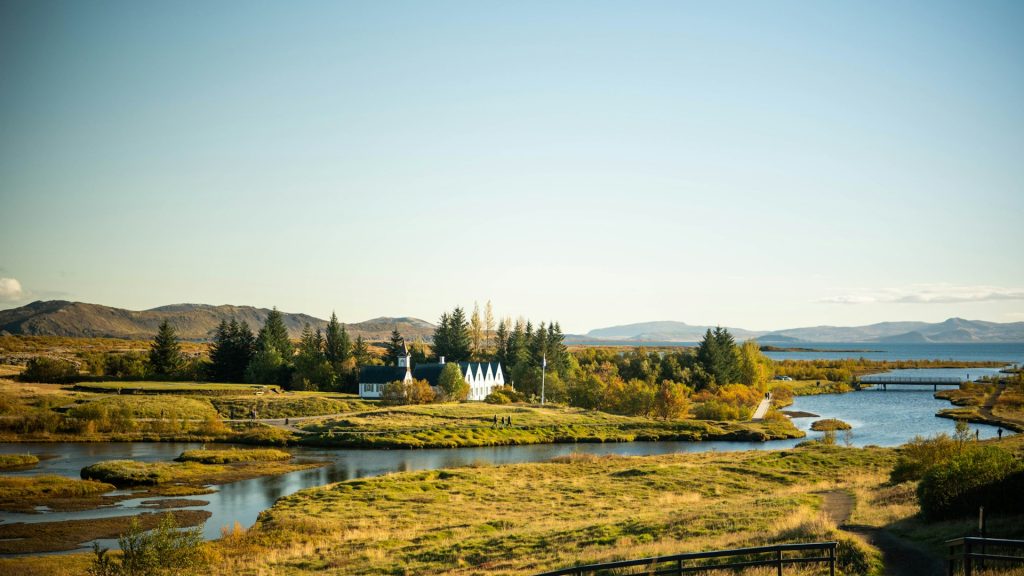
How to Get There by Car
To reach Thingvellir National Park from Reykjavik, start by taking Route 1 (the Ring Road) eastbound. After about 15 kilometers, take the exit onto Route 36 (Þingvallavegur), which is well-marked and directs you towards the park.
Stay on Route 36 for approximately 40 kilometers, and you’ll arrive at Thingvellir. The drive is straightforward, and the road is well-maintained throughout the year, making it accessible even in winter conditions. Parking is available at several locations within the park, including near the visitor center and key historical spots.
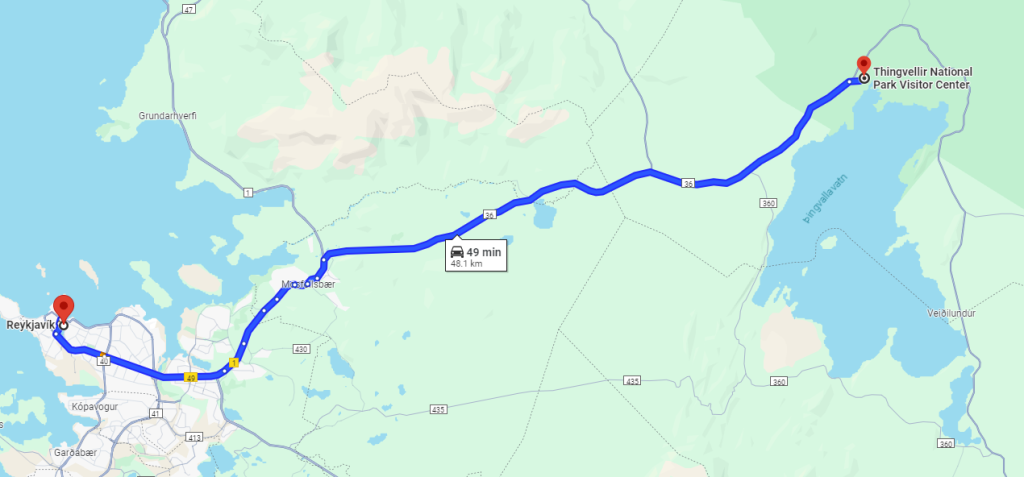
Reykjavik’s Settlement Exhibition
Reykjavik’s Settlement Exhibition is located right in the heart of Iceland’s capital and is part of the Reykjavik City Museum. This museum allows visitors to see what daily life may have looked like for early Viking settlers. One of the most iconic exhibits in the museum is the remnants of a real Viking longhouse, which dates back to the early 10th century. The museum was actually built around the discovery of the longhouse, which was found during a city construction project in 2001.
Tools, pottery, and animal bones are just a few of the artifacts that show the Viking way of life, which was based around farming, crafting, fishing, and trading. But beyond just displaying artifacts, the exhibition includes interactive multimedia displays where visitors can learn about how the first Icelandic people lived, built their homes, and interacted with the harsh Icelandic environment. Visitors can even explore digital reconstructions of the Viking Age settlement and experience what Reykjavik may have looked like when it was first settled.
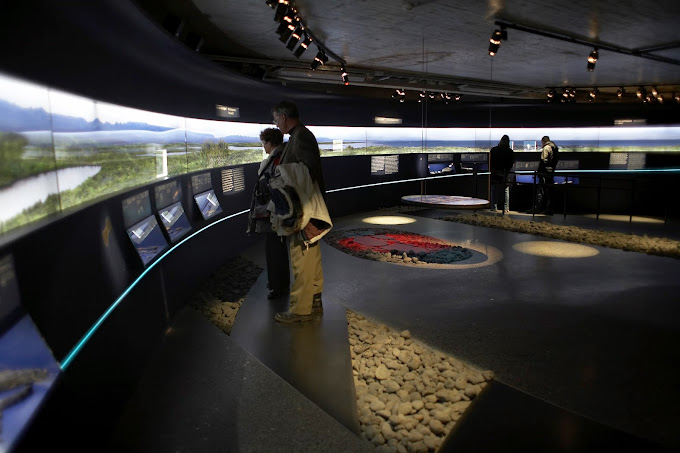
There are also other Viking-related sites in Reykjavik that you can visit, including the National Museum of Iceland, which features many Viking artifacts, and the Viking World Museum near Keflavik airport, where you can see a replica of a Viking ship.
How to Get There by Car
The Settlement Exhibition is conveniently located in downtown Reykjavik at Aðalstræti 16. If you’re driving from other parts of Reykjavik, follow signs towards the city center and head for the Old Harbour area. There are several parking garages nearby, such as the Vesturgata car park, and street parking is also available, although it can be busy during peak hours. The exhibition is within walking distance from most central hotels and landmarks, making it an easy and accessible stop on your itinerary.
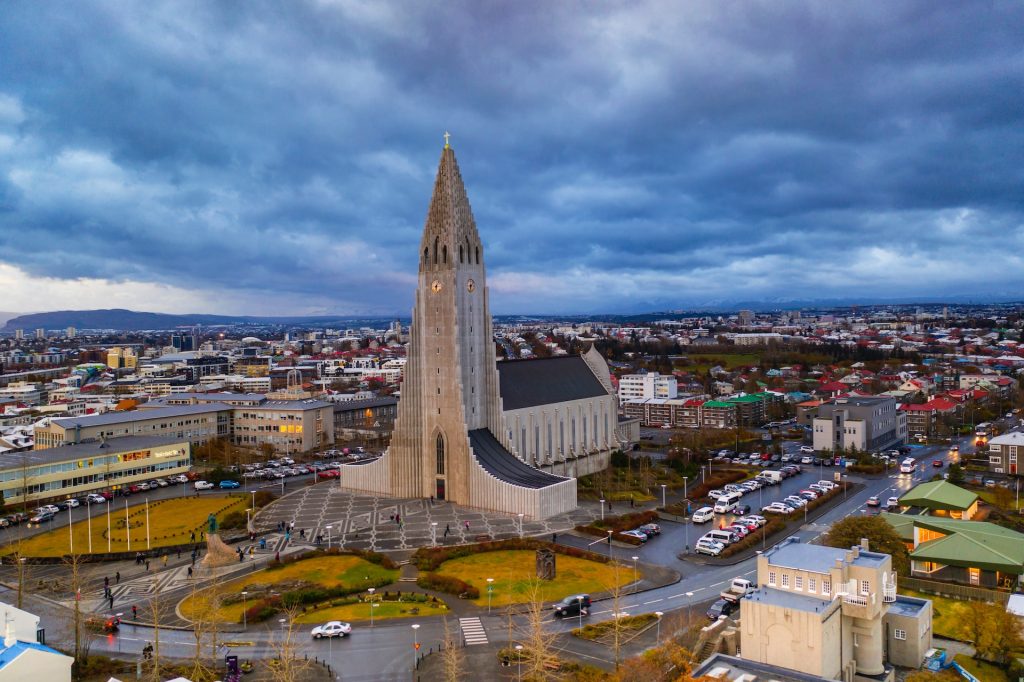
Eiríksstaðir – Erik the Red’s Farm
If you head North out of Reykjavik along the Route 1 Ring Road and then take Route 60 West towards Búðardalur you will come to Eiríksstaðir, the reconstructed farmstead of the famous Viking chieftain Erik the Red. The drive is about 2 hours total to reach the site, and it makes a great stop for those on the way to explore Iceland’s Westfjords.
This site is not only significant because of Erik’s fame, but it was also the birthplace of his son, Leif Erikson, who made the famous voyage to North America around 1000 AD, which was long before Christopher Columbus, making him the first known European to discover the continent.
Although the original farmstead is now in ruins, you’ll find a replica of the turf house where Erik and his family lived, built in traditional Viking construction methods. You can see the tools the Vikings used, the sleeping areas, and the communal space where the family would have gathered to eat and tell stories about their adventures.
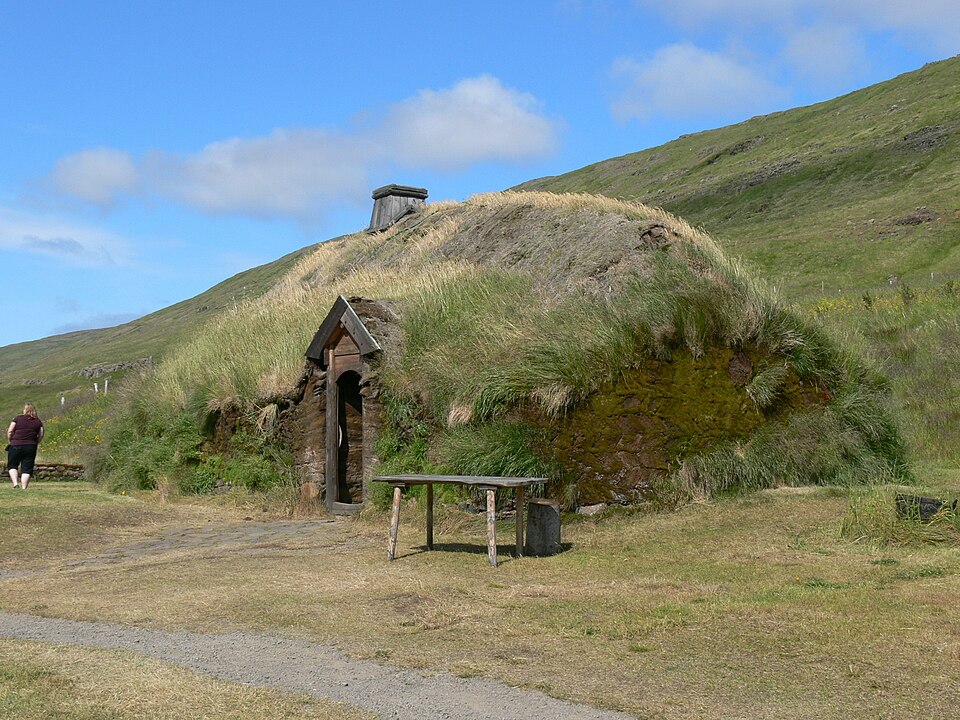
One of the highlights of visiting Eiríksstaðir is the opportunity to hear stories of Erik and Leif’s expeditions from local guides dressed in Viking-era costumes. Visitors can also observe how wool was dyed and try swinging a traditional Viking sword.
How to Get There by Car
To reach Eiríksstaðir from Reykjavik, start by taking Route 1 (Ring Road) heading north. After driving for about 100 kilometers, take the exit onto Route 60 towards Búðardalur. Continue on Route 60 for another 40 kilometers until you reach the small town of Búðardalur.
From Búðardalur, follow the signs to Eiríksstaðir, which is an additional 10 kilometers along a gravel road. Although the gravel road is manageable for most vehicles, a 4WD car might provide a more comfortable ride, especially during wet weather conditions. Parking is available directly at the site.
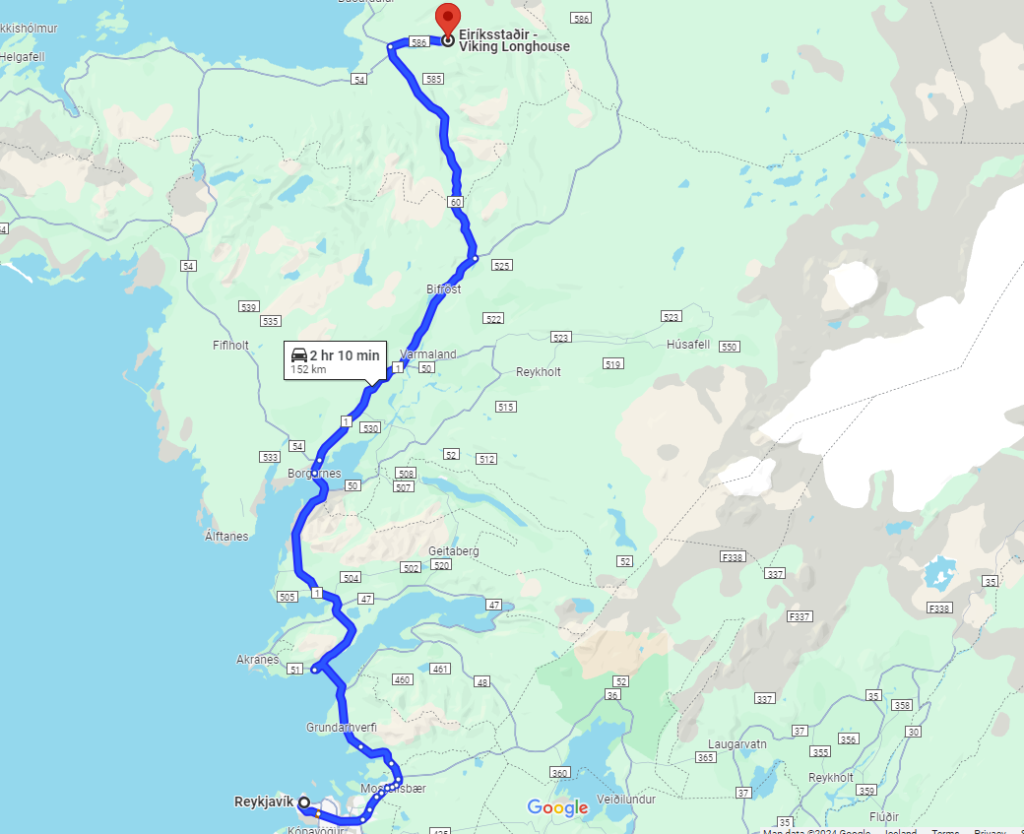
Viking Cultural Events in Iceland
If you visit Iceland at the right time, don’t miss out on these Viking cultural events:
Viking Festival in Hafnarfjörður: This annual event celebrates Viking heritage with reenactments, crafts, traditional music and combat demonstrations. The event is typically held in June in Víðistaðatún Park in the center of Hafnarfjörður, about a 20 minute drive from Reykjavik. The park turns into a Viking Market, where ‘Vikings’ sell items like fur and leather goods, swords and jewelry, including items with Viking symbols and connections to Norse mythology.
Midwinter Festival (Þorrablót): Þorrablót is a traditional Icelandic festival that is celebrated in the mid-winter months, typically between late January and late February. The name comes from the month of Þorra from the old Icelandic calendar, and the word ‘blót’ which means sacrifice. The name is ironic though, as this is a time to feast! Locals gather with friends and family to enjoy traditional Icelandic food, which usually includes sheep’s head, fermented fish and other cured meats, along with live music and dancing.
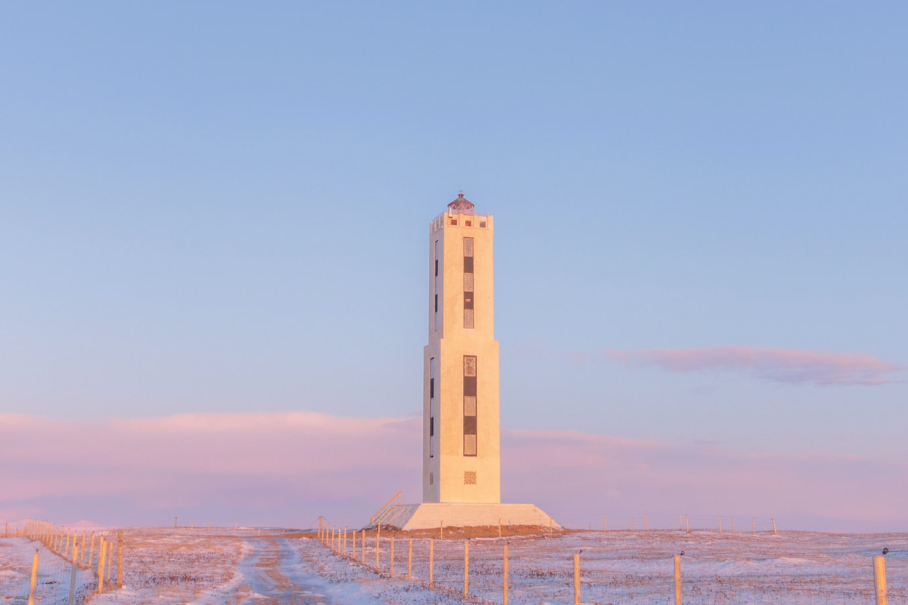
Car Rental Tips and Driving in Iceland
Exploring Iceland’s Viking heritage by car gives you the freedom to visit historic sites at your own pace, but there are a few important things to keep in mind to ensure a safe and enjoyable journey. Renting a car with Hertz Iceland offers not just reliable vehicles but also peace of mind as you navigate the unique landscapes and weather conditions of Iceland. Here are some tips to help you make the most of your self-drive adventure:
Choose the Right Vehicle for Your Journey
IIceland’s road network varies significantly, from smooth, well-maintained highways around Reykjavik and popular tourist routes like the Golden Circle to rugged gravel tracks in rural areas, especially near historical sites like Eiríksstaðir.
While many of the major attractions are accessible with a standard 2WD vehicle, it’s important to consider the specific routes you plan to take. If your itinerary includes remote areas such as the Westfjords, the Highlands, or F-roads (mountain roads), opting for a 4WD vehicle is highly recommended.
These roads often have steep gradients, loose surfaces, and river crossings, which can be challenging for standard vehicles. A 4WD vehicle will provide better traction, stability, and the capability to handle Iceland’s diverse and sometimes unpredictable terrain. Hertz Iceland offers a wide selection of vehicles, including robust SUVs equipped for these adventures. Plus, with Hertz Iceland’s clear vehicle guidelines and knowledgeable staff, you can ensure you’re choosing the right car for your journey, giving you the freedom to explore confidently.
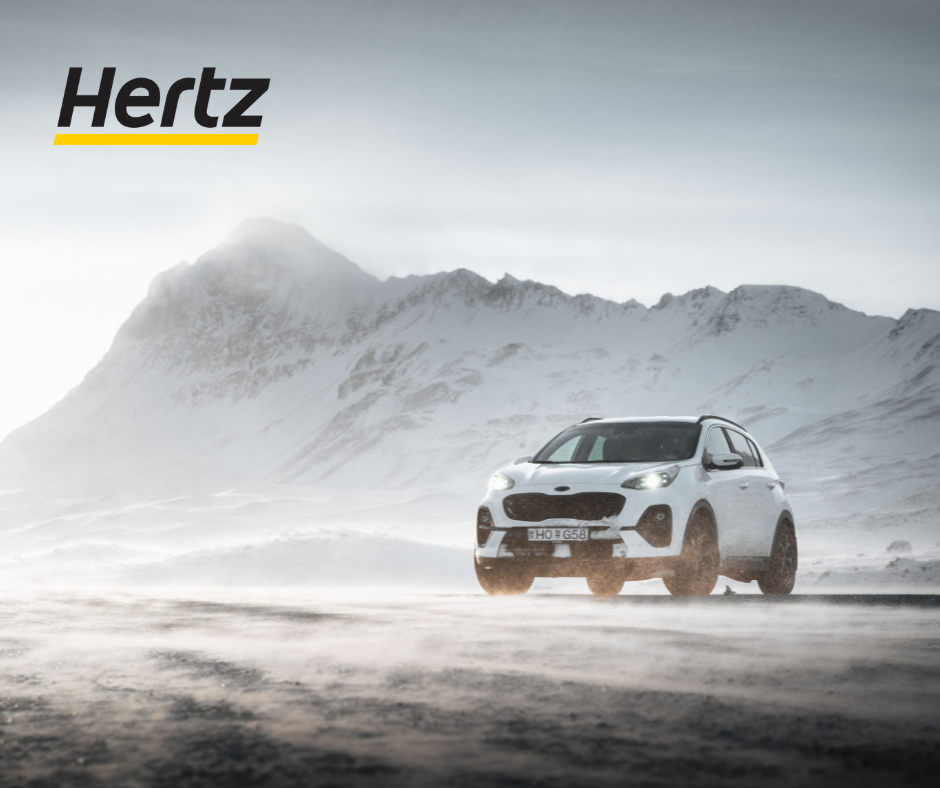
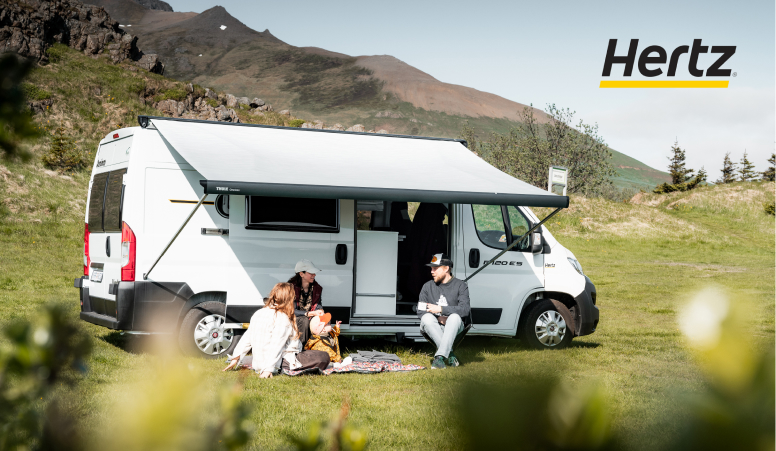
Understand the Road Conditions
Driving in Iceland can be a thrilling experience, but it’s crucial to stay informed about current road conditions, as Icelandic weather can be highly unpredictable. You might start your day with clear skies and end it navigating through sudden snowfall or strong winds, especially in the higher elevations or coastal regions.
Before setting out each day, it’s advisable to check the Icelandic Road and Coastal Administration’s website road.is or app for the latest updates on road conditions, weather alerts, and potential closures. This is especially important in winter, when roads can be icy and visibility may be reduced.
Hertz Iceland’s team also listed out 15 most important you need to know about how to drive safe in Iceland in this blog. Strongly advice you to equip your rental car with essentials like GPS navigation, additional safety equipment, and child seats, ensuring that you and your family travel safely and comfortably, no matter where your Icelandic adventure takes you. These extra items can be add during your car rental process online or at our rental desk.
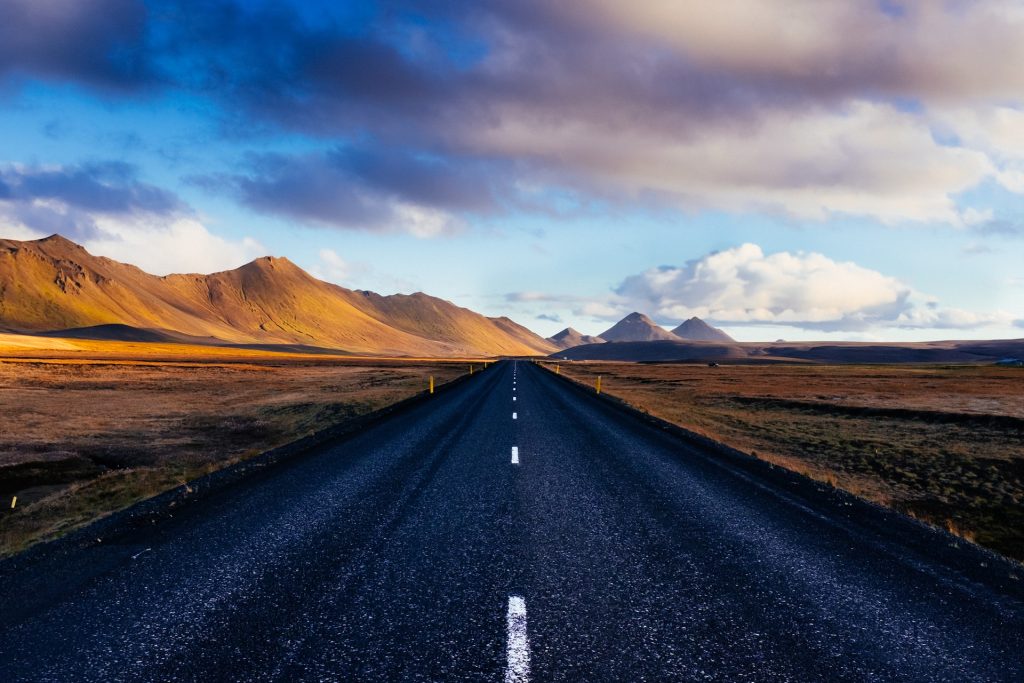
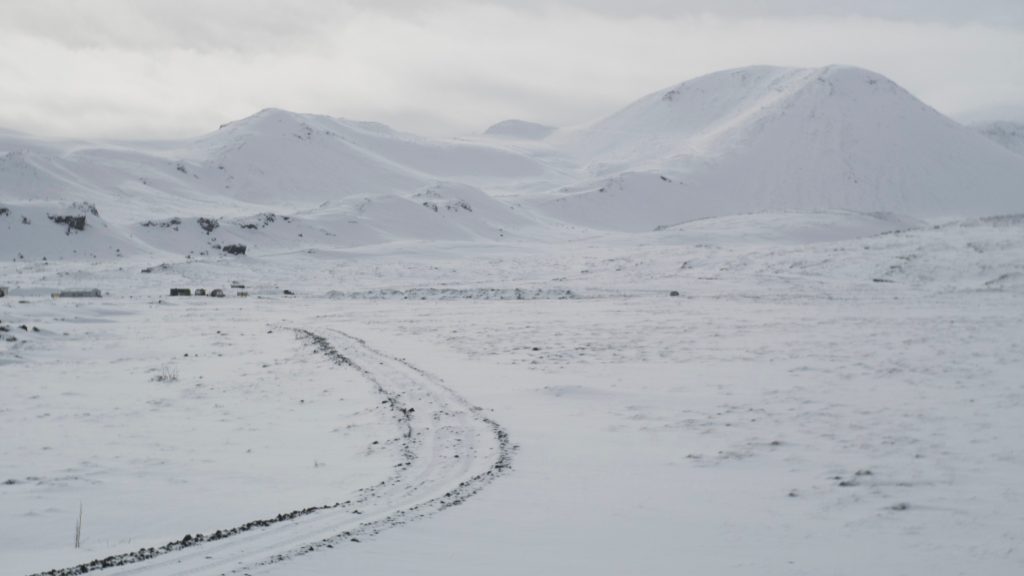
Be Prepared for Weather Changes
One of the hallmarks of Icelandic weather is its rapid and often dramatic changes. Even during the summer months, it’s not uncommon to experience sunshine, rain, wind, and fog all within a few hours. This variability can affect driving conditions, making it essential to stay flexible and be prepared for anything. Always dress in layers, including waterproof outerwear, and pack extra clothing in your vehicle.
When driving in Iceland, it’s important to adjust your speed according to the road and weather conditions; slow down in wet or icy conditions to maintain control. Remember, many of Iceland’s rural roads do not have barriers, and strong winds can make high-sided vehicles more difficult to handle.
Hertz Iceland ensures all vehicles are well-maintained and equipped with season-appropriate tires, such as winter/studded tires in winter, providing optimal grip on slippery surfaces. This commitment to safety means you can explore Iceland’s breathtaking landscapes with confidence, no matter what the weather brings.
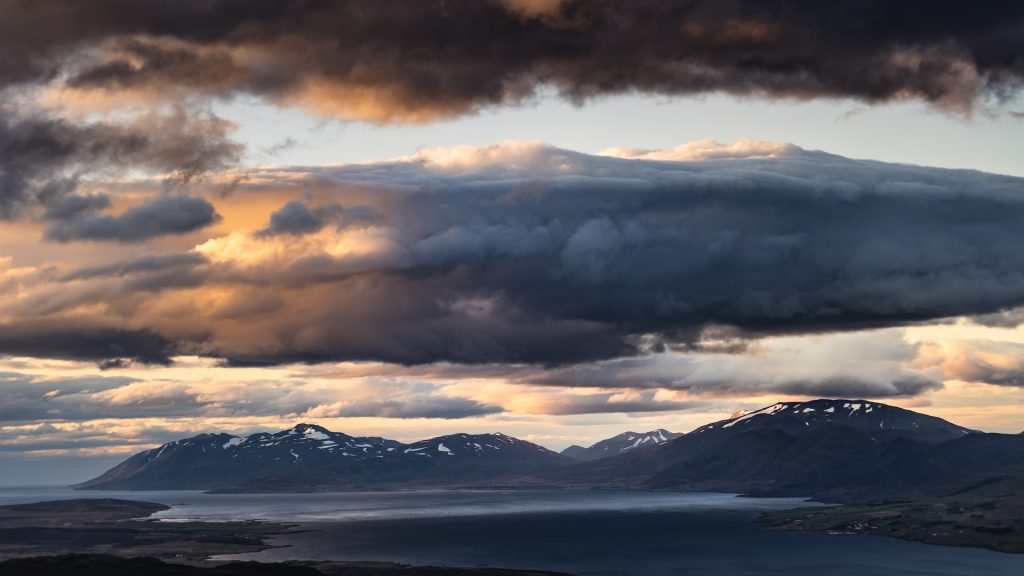
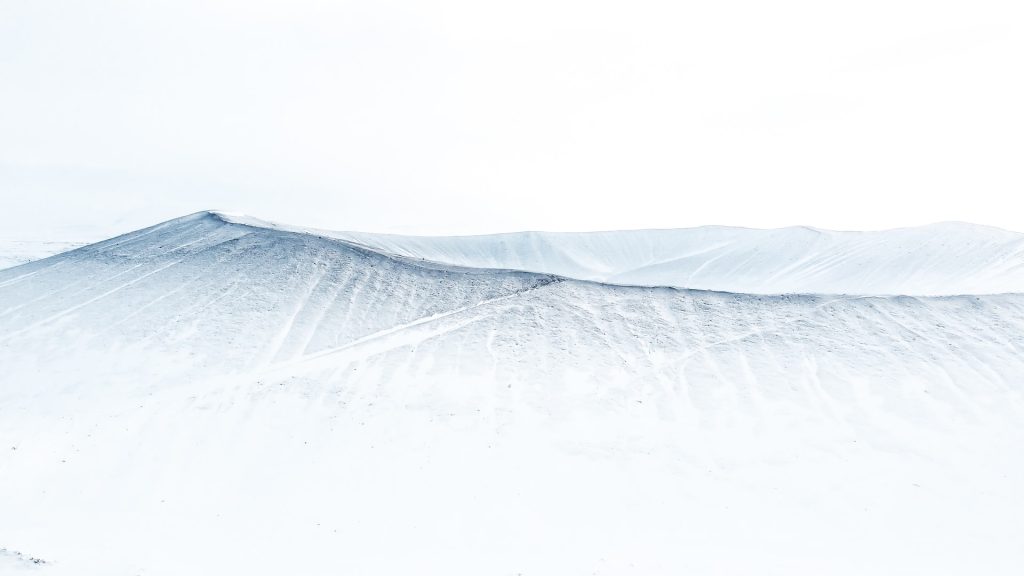
Fueling Up and Navigating Remote Areas
While driving in Iceland, especially in remote regions, it’s important to plan your fuel stops carefully, as gas stations can be few and far between outside of major towns. Always fill up your tank whenever you have the opportunity, particularly before embarking on long drives, such as the route to Eiríksstaðir or through the remote Westfjords.
Fuel stations in Iceland usually accept credit cards, but it’s wise to carry a backup payment method like a debit card or cash, especially in more rural locations where card machines might not always be reliable.
Hertz Iceland prepared a handy map of fuel stations across the country, which can be an invaluable tool for planning your journey and avoiding any unplanned stops. Additionally, keeping a small emergency kit in your car, including water, snacks, and basic first aid supplies, is a smart precaution when navigating Iceland’s vast, remote areas.
Driving Etiquette and Safety
Driving in Iceland is generally straightforward, with well-marked roads and clear signage. However, it’s essential to be mindful of local driving etiquette and safety practices to ensure a smooth and safe journey. Always be on the lookout for wildlife, particularly Icelandic sheep, which can often be found near or even on the roads in rural areas.
Respect speed limits, which are typically 90 km/h on paved roads and 80 km/h on gravel roads, and adjust your speed according to weather and road conditions. Seatbelt use is mandatory for all passengers, and headlights should be on at all times, even during the day, due to varying visibility conditions.
Avoid stopping on the side of the road to take photos, no matter how stunning the scenery; instead, use designated pull-outs and parking areas to enjoy the views safely. Hertz Iceland prioritizes your safety and comfort, providing vehicles that meet all the necessary safety standards and are equipped for Iceland’s unique driving conditions. With Hertz Iceland, you can embark on your Viking adventure with the confidence that you are in good hands, ready to explore all that this incredible country has to offer.
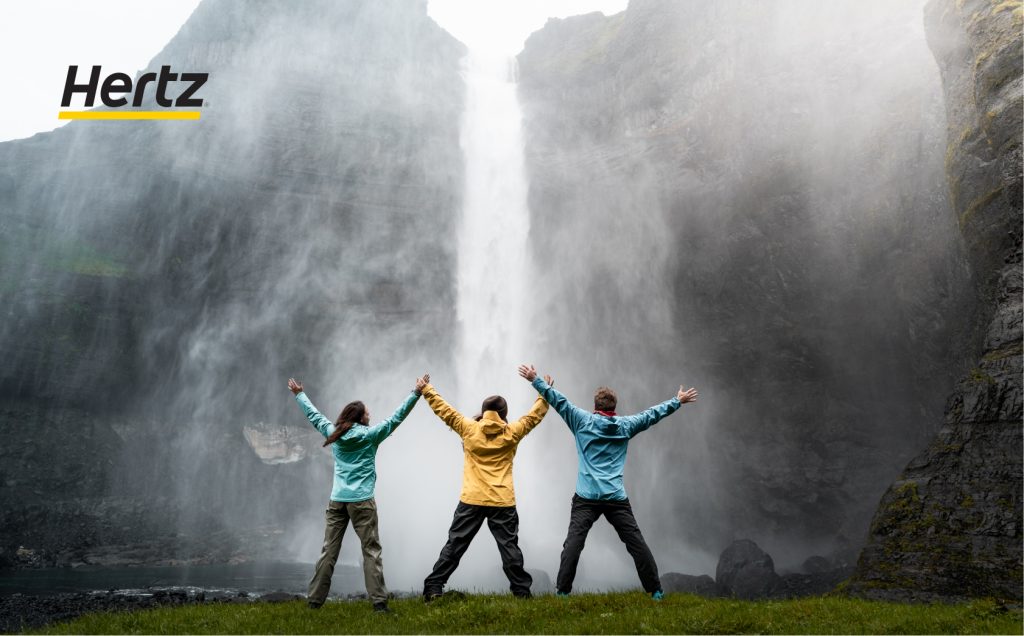
Discover Viking Symbols and Meanings in Iceland
Iceland’s Viking heritage is clear in its culture, traditions, and many symbols. With many Viking sites scattered around the country, renting a car is the best way to fully experience the country’s history. Discover the meanings behind the symbols, learn about the history of the settlements, and experience the landscapes that Vikings called their home centuries ago. Book your rental car online and get ready to explore Iceland’s Viking past.
